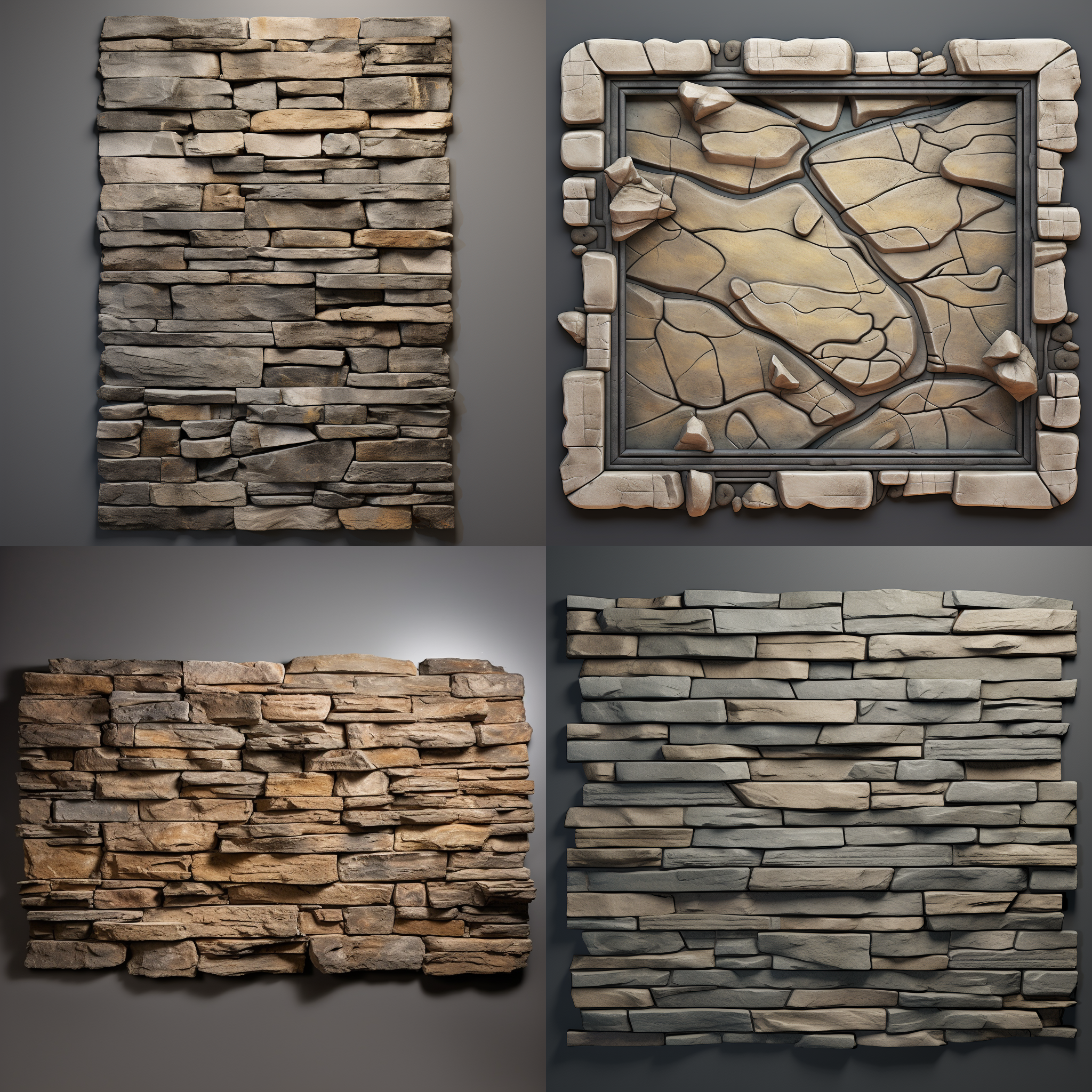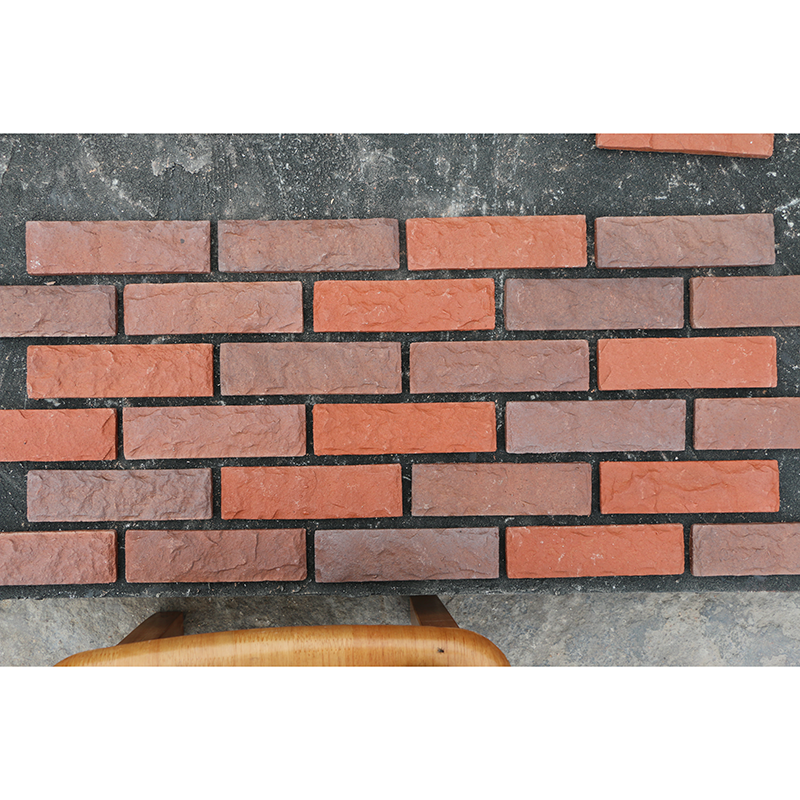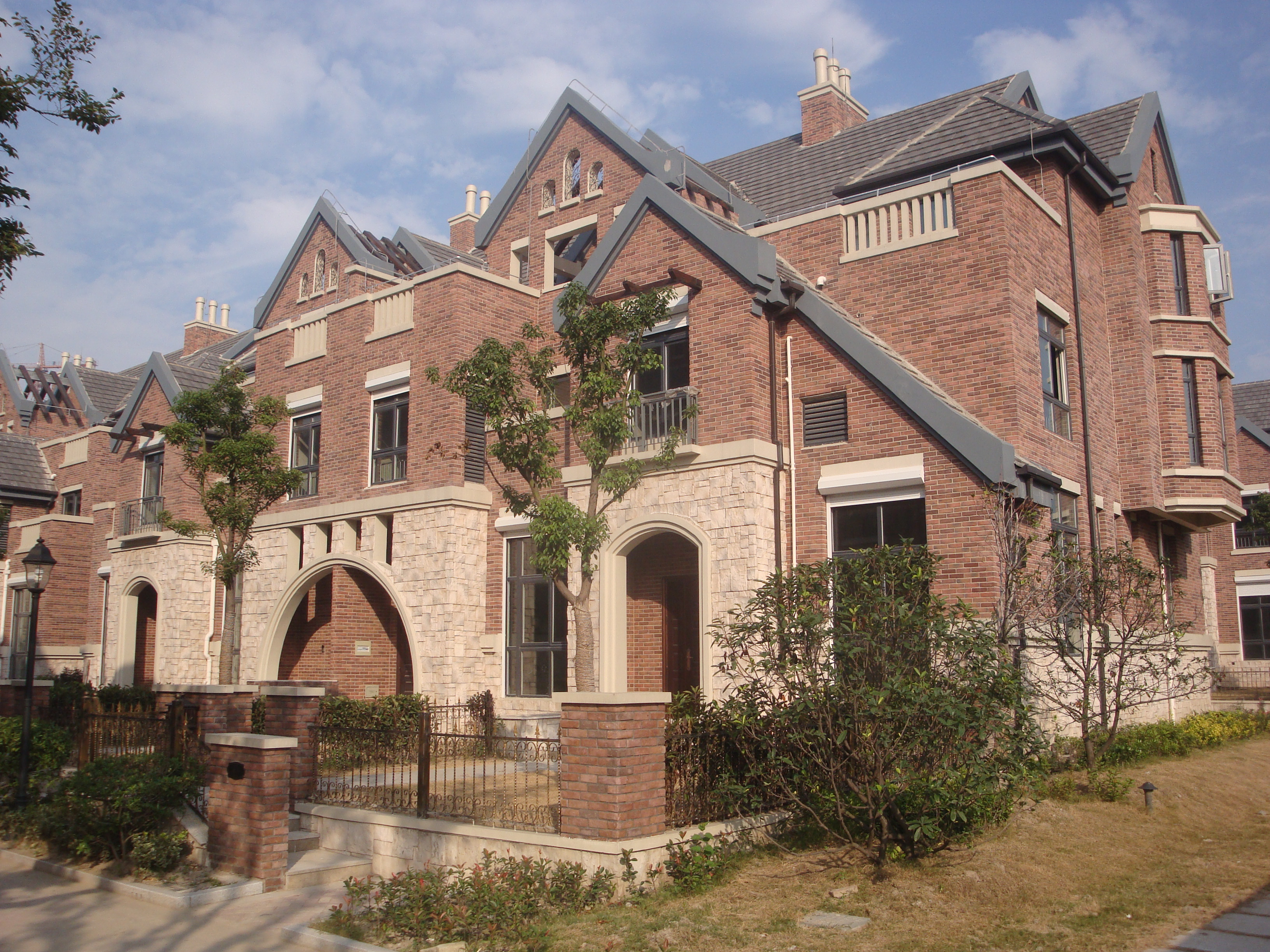Man-made culture stone, also known as engineered stone or man-made stone, is a versatile and popular choice for architectural exterior and interior design projects. It provides a cost-effective and durable alternative to natural stone while still providing the desired aesthetic appeal.
Artificial culture stone is made by mixing various materials such as cement, aggregate and iron oxide pigments to create a realistic appearance that mimics natural stone. It is then molded into the desired shape and size, allowing customization and design flexibility. This man-made stone can replicate the look of a range of natural stones, including limestone, slate and granite.
One of the main advantages of using cultured stone for construction is its affordability. Natural stone is expensive and in limited supply, making it a less readily available option for many construction projects. Cultured stone offers a cost-effective alternative without compromising on aesthetics. It enables architects, builders and homeowners to achieve the desired natural stone look and feel at a very low cost.
In addition to being affordable, engineered cultural stone is also extremely durable and low maintenance. It is resistant to harsh weather conditions including UV rays, heavy rain and extreme temperatures. This durability makes it ideal for both indoor and outdoor applications, including facades, fireplaces, feature walls and landscaping features. Unlike natural stone, man-made cultural stone is not prone to cracking, chipping or fading over time, ensuring its longevity and maintaining its beauty.
Artificial cultural stone is also easy to install. Its lightweight nature makes it easier to handle and transport than natural stone. This reduces labor and transportation costs, making it an attractive option for builders and contractors. Additionally, flexibility in shape and size allows for complex designs and seamless installation, further enhancing its aesthetics.
Another noteworthy benefit of cultured stone is its sustainability. This is an environmentally friendly choice as it minimizes the extraction of natural stone and reduces the environmental impact of the mining process. In addition, the manufacturing process of cultured stone often uses recycled materials, further reducing its carbon footprint.
In conclusion, cultured stone offers an affordable, durable and aesthetically pleasing option for architectural exterior and interior design projects. Its ability to mimic the look and feel of natural stone while being easier to use and customize makes it an attractive option for architects, builders and homeowners. Its durability and low maintenance requirements ensure a long-lasting and visually appealing solution. When considering building materials, we should focus on the practicality and aesthetics of artificial cultural stones.
Post time: Sep-05-2023







